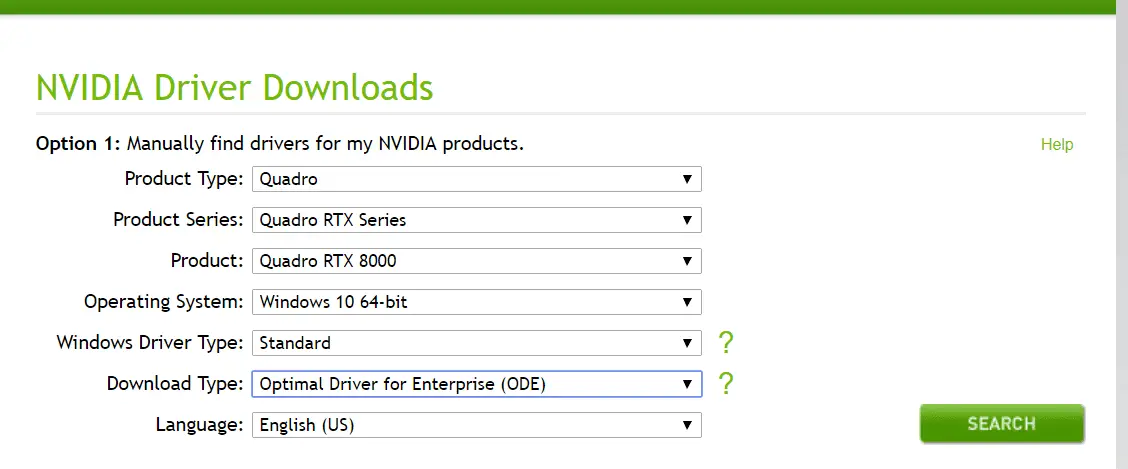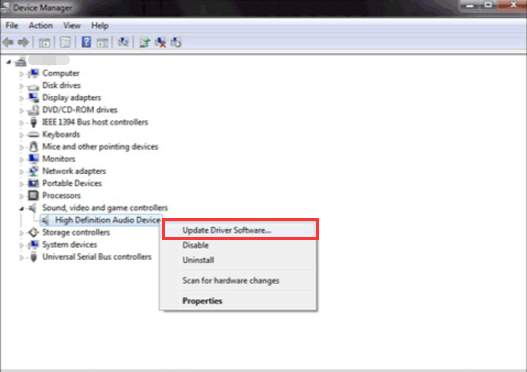Nvidia Sound Cards & Media Devices Driver

Earlier this month, Nvidia launched RTX Voice, a beta plugin that 'leverages NVIDIA RTX GPUs and their AI capabilities to remove distracting background noise from your broadcasts and voice chats,' as Nvidia put it in its announcement. But despite the 'RTX' branding, Ars testing confirms that the feature also works perfectly well on older GTX-level graphics cards. And despite
Released earlier this month, RTX Voice uses the hardware found in Nvidia’s RTX GPUs to process your incoming and outgoing audio and eliminate almost all background noise. The ATI cards are the easiest to use. Simply install the card and the drivers and the audio works. The Nvidia cards require that an internal SDPIF connection be made between your PC's sound card or motherboard and the Nvidia video card. Making the Connection. Not all video cards which support PC audio over HDMI ship with HDMI outputs. Type Setting onto search box, select Apps, and then look for Nvidia driver. If there is one, uninstall it. In device manager, expand Display Adapters, click View, and then select Show Hidden Devices. If the NVidia driver appears, do the same steps as Audio driver but instead install latest NVidia (Video) driver.
Don’t see the answer you need? Product Support Download SMART Notebook Getting Started Downloads and Drivers Courses & Certifications Contact Support DigitalPakt (German only) Purchasing information. Otherwise, copy the drivers to a USB drive or similar device, then copy them over to the PCM8. With the files now on the PCM8, right-click the folder and select Extract All, then select Extract. You will see five available folders for each of the categories below. The next steps outline the individual actions required to load the driver files. Product Support Download SMART Notebook Getting Started Downloads and Drivers Courses & Certifications Contact Support Demo Buy. Download smart technologies ulc usb devices drivers.
Nvidia HDA: Sound slowly starts appearing inbetween 17-18kHz Test #4: Flac vs Mp3 Onboard: Nearly impossibe to hear the difference, sounds bit more muddy and punchier like as if there was extra layer of bass over the whole range.
that finding, Nvidia's installer refuses to allow the app on systems with non-RTX cards, unless the user performs some unintended config-file tinkering.Nvidia Sound Cards & Media Devices Drivers

First, the good news: Nvidia's GTX Voice technology actually works really well. As you can hear in the test sample below, turning on the feature filters out almost all of the mechanical keyboard clicking picked up by a standard webcam microphone. That's likely to be an especially useful feature for anyone who has tried typing notes during a Zoom video call or dealt with kids screaming in other rooms during the same.
Now for the more questionable news: the 'RTX' in 'RTX Voice' seems to be a marketing misnomer. We know this only because of a workaround (seemingly first disclosed publicly by a Guru3D forum poster) that tricks the RTX Voice installer into working on a system with an older Nvidia graphics card. The process is as simple as running the installer, editing out a few lines from a temporary configuration file it creates, and then running the installer again without the 'constraint' check active.
Ars tested this method with an older gaming rig running a GTX 1060 video card. The successful results on that machine (which you can hear above) were indistinguishable from similar tests run on a more modern system with an RTX 2080.
AdvertisementWhat's more, the Windows system monitor only topped out at about 3-percent usage while actively running the RTX Voice noise cancellation on a GTX 1060. That suggests the older CUDA cores on the 1060 (and other older Nvidia cards) are more than enough to handle this feature and that the more advanced tensor cores in the RTX lineup aren't absolutely necessary for 'RTX Voice.'
More like “GTX Voice”
It's possible that older Nvidia GPUs may suffer more when running RTX Voice while the GPU is under heavy load from other video processing work. While the low GPU usage numbers in our test suggest any such impact won't be significant, we haven't performed comprehensive testing to substantiate this. Drivers nec monitors.
That said, it seems odd to completely bar non-RTX users from even trying out the beta on their systems (perhaps with an install-time warning) in order to judge the potential performance impact on their own. Over at Guru3D, users are reporting success running RTX Voice on Nvidia's 10XX and 16XX series cards, with more mixed results on the 9XX-series.

Nvidia Sound Cards & Media Devices Driver
Nvidia was not able to respond to a request for comment as of press time (and we'll be sure to update if and when they do). But the company's announcement earlier this month suggested that the beta feature had been rolled out earlier than expected.
'Like many of you, we're all trying to adjust to our new normal. Our homes are now a shared office, streaming studio, and gaming den all in one,' staffer 'Tim@Nvidia' wrote. 'We've been silently working away on RTX Voice —our noise-cancelling app—but wanted to get this in your hands as soon as possible via an early-access community beta. The product is still in development, but we hope you find it useful!'
Development beta or not, for now it appears that limiting RTX Voice only to Nvidia's priciest graphics cards is a move that's being driven more by marketing than by any technical concerns. But Nvidia could still patch out this workaround at any moment, so if you want to RTX Voice on a GTX card, download the current beta build (V 0.5.12.6) as soon as you can.
[Update (April 24): Nvidia has provided Ars with the following official statement:: Radiant zemax driver download for windows 10 kms.
We posted an early beta of the RTX Voice app on our forums to get community feedback on performance and quality that would help us improve the final product. The interest is above and beyond our expectations. We appreciate all the feedback and will review it to help guide next steps.
If you’d like to contribute to the development of RTX Voice, you can provide us a voice sample for our AI to train on at https://broadcast.nvidia.com/feedback.']
